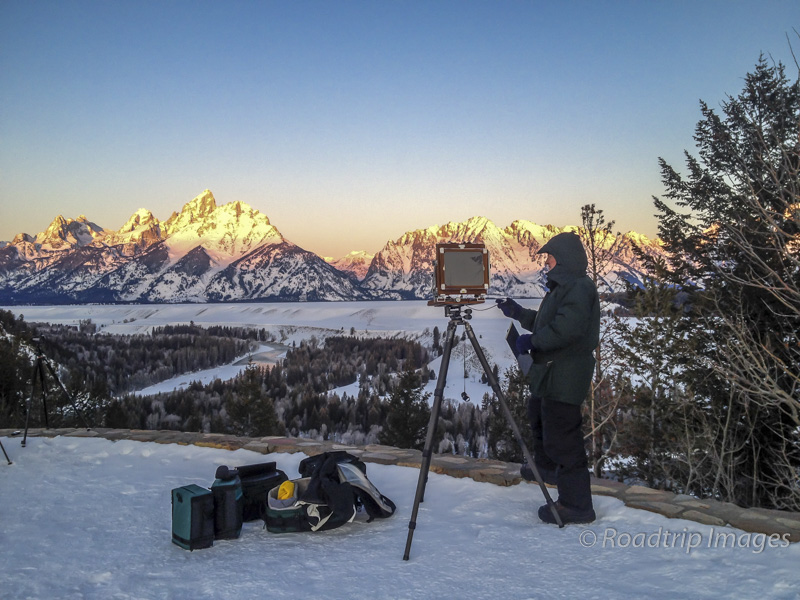
For many people, film photography is a thing of the past. Something they gladly left behind once the smartphone came onto the scene. There is a community of photographers out there however that still prefer film. I was one of them. A subset of that community is a very devoted group that shoots large format film. 4″x5″ and 8″x10″ sheets of film. Think of it as an image sensor that is either 4×5 or 8×10 inches in size. Huge resolution. These are largely landscape photographers and many shoot in black & white. The cameras they use are totally manual. No electronics at all. Below left was my 8×10 folding field camera that I sold not long ago. On the right is a picture of me using that camera at the Snake River Overlook in the Tetons National Park on a VERY cold winter morning. Ironically taken with an iPhone by my son.
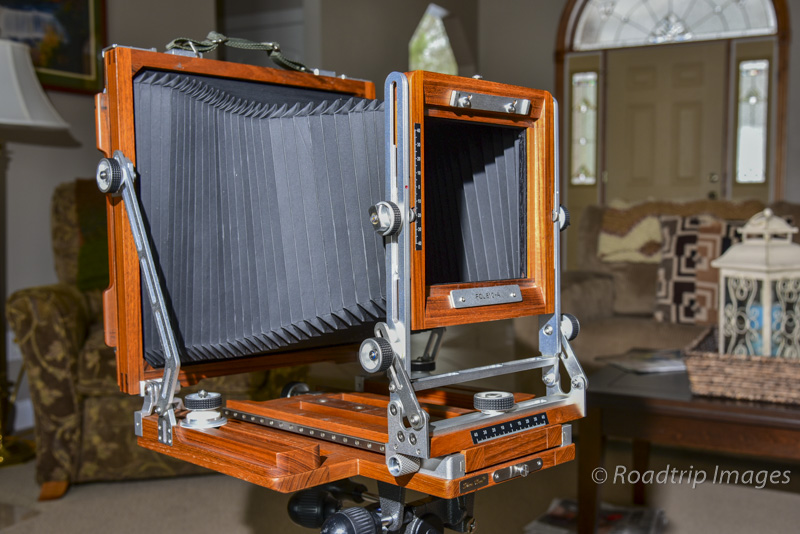

A rather large lens attaches to the front and the film is loaded in plastic film holders that are placed in the back of the camera. Two exposures per holder. Now why would someone still do this you ask? Looks like a lot of work. Well, it is more work than shooting with a small digital camera but the results can be nothing short of stunning. An 8×10 sheet of film can store an amazing amount of detail. Properly executed you can enlarge the image to wall size and still not see any grain in the print. This image of El Capitan in Yosemite was shot with this camera.
Another advantage to using these cameras is the ability to tilt the lens plane and the film plane independent of one another. This allows the photographer to have complete control over the field of focus from front to back. It actually allows much more than that but it would take many pages to discuss all the movements and their features.
Using these old school cameras was a joy for me because it allowed much closer control of the composition due to the large image on the ground glass. Yes it was upside down & backwards but you got used to that. You were in your own little world under the dark cloth while you were getting the image just right on the ground glass. It also forced you to slow down and think through the image. Nothing about these cameras was fast. And film was getting expensive so you didn’t just blast away and hope you had a good one in there somewhere. Spray and pray we used to call it when we heard someone fire off 20 shots. You had to be deliberate about your images with large format. It also attracted a lot of attention at photo shoots. In a sea of digital cameras, this 8×10 beast really stood out. I got lots of questions from folks and most were genuinely interested in how it worked. I enjoyed explaining the process but sometimes I needed to just get back to making the image.
For some reason, a subset of photographers that switched to digital long ago see film as a dead technology. They also see film photographers as techno-phobes or Luddites and chastise them for not seeing the light (pun intended) and switching to digital. You run into them every once in awhile while shooting and there’s a ton of them online. I ran into one in upstate New York a number of years ago and he laughed at my using an outdated camera that wasn’t made anymore. I was shooting a medium format Bronica at the time. Later in the day I ran into him again and by then I had pulled out my large format gear. Suddenly his demeanor changed and asked me what kind of film I was shooting. Something about large format impresses even the hard core digital fans. Digital isn’t better than film and vice versa. They both are just tools and have their uses. Film is making a resurgence by the way but it will always just be a niche market.
So why did I sell my large format gear and switch to digital? Well it was a tough decision but it came down to practicality. To do large format film well you really need a darkroom to develop and print yourself. And as Karen would attest, I had a pretty nice one too. It’s possible to send it off to a lab but you loose a lot of control that way. This lifestyle switch we’ve made to full time travel doesn’t have space for a darkroom. I decided the lifestyle change was more important so the darkroom had to go. No darkroom, no large format. The second reason was that film and darkroom supplies were getting pretty expensive with all the cutbacks from the manufacturers. Yes film is still made but it’s a niche business now and therefore costs have gone up, a lot. Especially color film. So I’ve comfortably made the conversion to the digital realm as well as the post processing workflow in Lightroom and Photoshop. They are very powerful editing tools and I’m able to do things with the image that were just not possible in the darkroom. Many of the editing functions however, came directly from darkroom techniques from the film domain.
Giving up large format film hasn’t been as hard as I originally thought. Photography is still the same, fundamentally, regardless of the camera you use. I’ve been actively shooting for over 40 years and the aspect I still enjoy the most is getting out on location and making the image. And that’s a big element of what this lifestyle change is all about.
FREE Giveaway
I’m announcing this week a guide I’ve recently developed called 10 Steps to Better Landscape Photographs. Yours free by subscribing in the orange box at the bottom of the page. Look for the confirmation email in your inbox to complete the process. The guide is written for the less experienced photographer who wants something more than simple snapshots. Most of the steps don’t involve buying better equipment and are relatively simple to grasp. Some will take some practice but all will improve your photographs. Hopefully it will help you bring home better images from your road trips.
For existing subscribers if you’d like a copy of the guide just send me an email through the form below (with the blue button) and I’ll get you one right away.
One Comment
Leave a comment Cancel reply
This site uses Akismet to reduce spam. Learn how your comment data is processed.
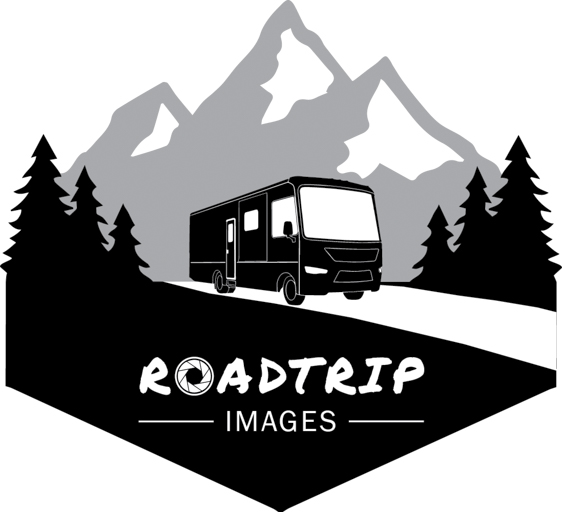
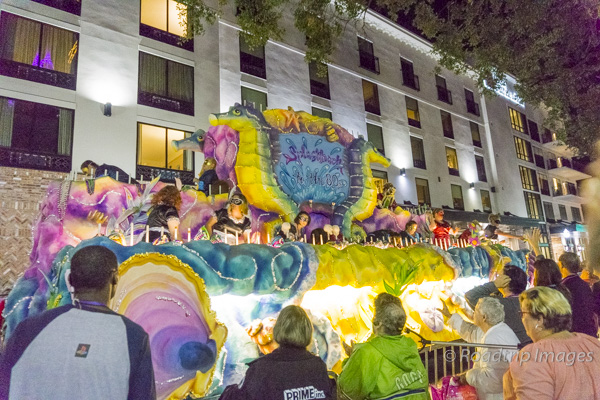
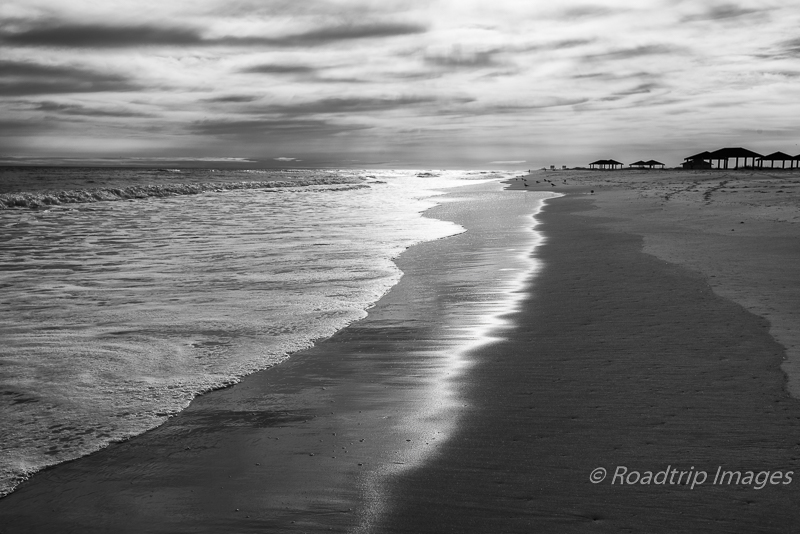
Hi Dave,
Can I get a copy